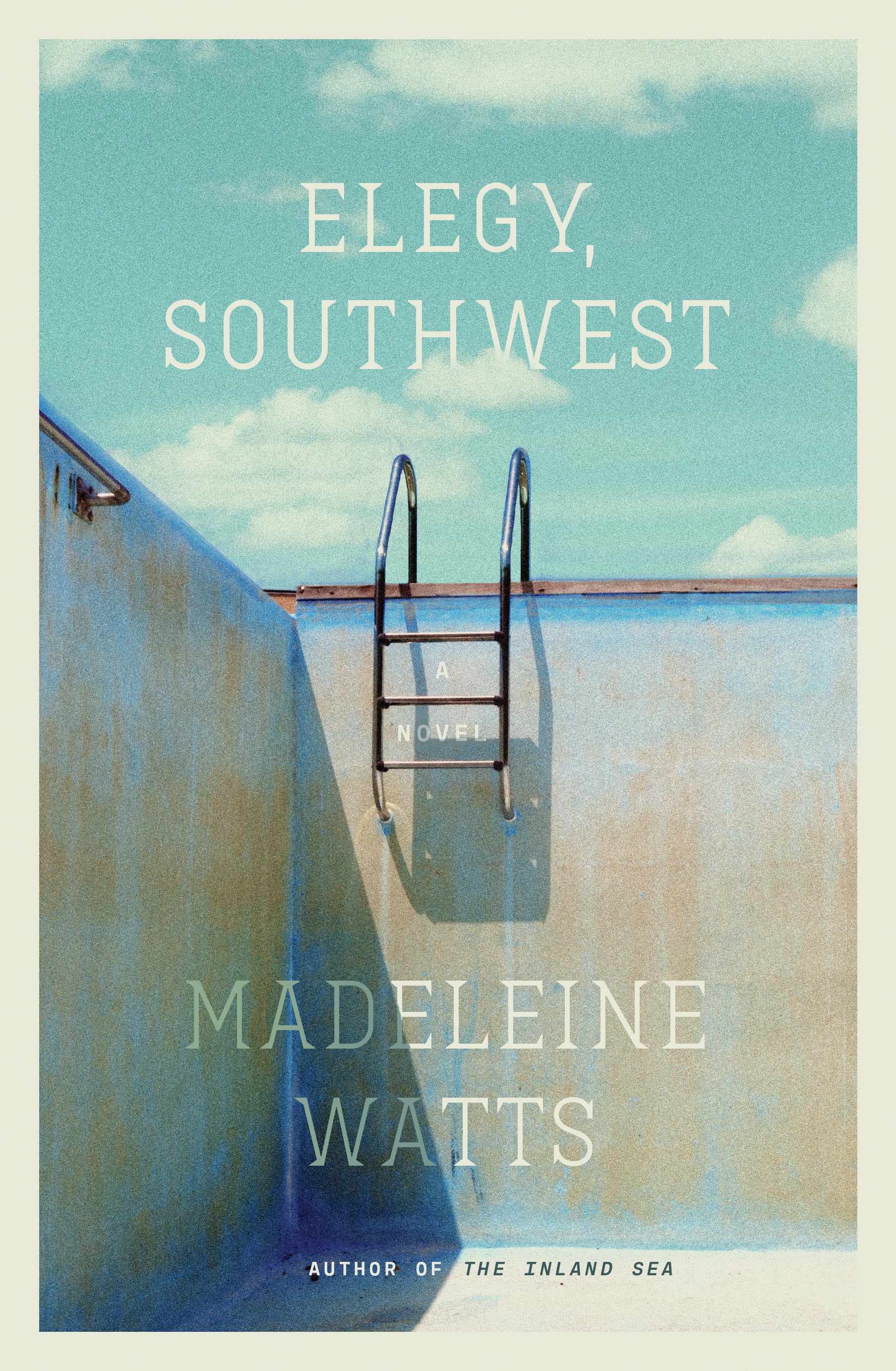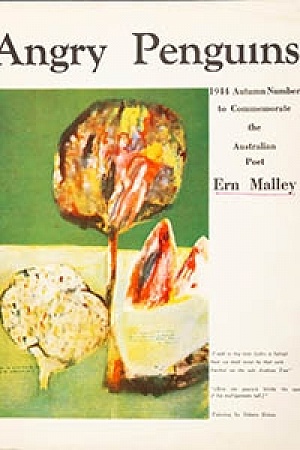Capacity
Vagabond Press, $25.99 pb, 78 pp
Levelling up the uncanny
These days, poetry is primarily a visual experience. So claims the American poet and theorist Cole Swensen, whose essay ‘To Writewithize’ argues for a new definition of ekphrasis. Traditionally understood to be writing about visual art, ekphrasis typically has a poet stand across from a painting or sculpture, in a kind of face-off, and write about it. To ‘writewithize’, however, is to take a different approach: this is not writing made about art but made with it. This is writing that, in Swensen’s words, ‘lives with the work and its disturbances’. Two new Vagabond releases by Bella Li and LK Holt are doing ekphrastic and intertextual work that is exquisitely disturbing. These are moody books of allusion and visual play by two of Melbourne’s most brilliant poets.
Capacity by LK Holt collects referential poems that respond to myths, works of art, and a sequence of sonnets by French Renaissance poet Louise Labé. A pair of block-shaped ekphrastic poems, named after paintings by Mark Rothko, hangs in the book like a verso–recto diptych. ‘Light Red Over Black’ reclaims Rothko’s morbid blocks of black paint, as the speaker takes the colour back into her live body against a pulsing of red progesterone. The poem performs – even collaborates with – the painting’s bodily affect, its disturbance. Holt’s ekphrastic response to an Ainu (East Asian) epic song is similarly dynamic: ‘Woman of the House (Spider Goddess)’ gleefully narrates the Goddess’s violent spurning of the advances of Big Demon. In tone and plot, the poem is a faithful version of the source text. However, Holt’s writewithism then gives rise to the perverse spinoff poem ‘Woman of the House (Millennial)’ where the Goddess’s superpower is nothing more than the choice not to look away from a bukkake scene glimpsed between the backs of aeroplane seats. The pornstarlet on the laptop screen is also imbued with a divine scrap of agency, in the equanimity with which she takes the treatment. It’s a wry, weird indictment of the contradictions of feminist power, and a fine example of the way that Holt uses mockery to weaponise perversion.
The great accomplishment of Capacity is the ‘Modern Women Sonnets’, which respond to the poems of Louise Labé, a sixteenth-century daughter of ropemakers. Labé had the luck of exceptional education and literary exposure and her sonnets stage an argument with the self about love’s vicissitudes. Tonally, they alternate between modes of elation and degradation, a trick that Holt does well: ‘I live, I die: I burn & I drown, I’m having issues …’ While faithful to Labé’s oscillation between rapture and ironic distance, Holt’s versions often overturn Petrarchan cliché (‘like a flayed moon’) and upend the logic of the original’s argument. Where Labé begs the beloved not to quench her longing, without which she would die, Holt flatly tells the nurse holding love’s ‘black needle’ that she will have to die for desire to disappear. Holt’s sonnets are darker and more despairing of love’s exhausting violence. Frankly, they are suffused with disdain: ‘So I’ve cried my days down the days-drain.’ The heart is meat, love is twisted, and it’s not always the lover’s fault. As readers, we can trust the self-excoriation of these poems, and the brilliance at work behind them, even if we’re not always invited in.
Holt is a tart and tartly serious poet in the mould of the most demanding of the Anglo-Modernists (Wallace Stevens, Ezra Pound, Marianne Moore). She has an erudite sensibility that is loath to give anything away too easily, and reviews of her work contain a thread of anxiety about ‘feeling comfortable’ with the poems, or ‘being able to deal with’ her work confidently. Her wit and referentiality draw on an idiosyncratic personal library of artworks, writing, and ideas, and the legend provided by the book’s notes is a mere gesture towards decipherment, partial at best. Some of her poems read like private, coded jokes. There is a density to LK Holt’s poetry that will keep a reader at arm’s length.
Bella Li’s new book of poetry and collage is, by contrast, a series of opening doors. With Theory of Colours, Li has levelled up the uncanny. Unnerving collages with gothic overtones give way to prose poems that are a tissue of references. The empty spaces of abandoned hotels and national parks, devoid of human life, create a sense of dislocation, and haunting. While nearly two years of lockdowns may or may not have shaped the artistic choices here, it is impossible not to associate these collages with the eerie, blank streets of our empty cities.
The difficulty of the experience of reading this book is one of its strengths. The collages in Li’s award-winning Argosy (2017) were transparent in their influences. Max Ernst’s surrealist cut-outs provided the blueprint. In Theory of Colours, however, reproductions of black-and-white architectural and geological photographs are undermined by subtle interventions. Everything is just a bit off, like the cursed manor in Shirley Jackson’s The Haunting of Hill House (one of Li’s textual sources). Hill House is a culmination of tiny architectural aberrations that add up to a profound distortion. As Dr Montague tells his guests, ‘every angle is slightly wrong’. The effect of Li’s surrealist détournements is a subtle discomfiture, and the images are masterfully set into conversation with the perturbing linguistic performances of the texts. One visual sequence references Edgar Allan Poe’s ‘The Masque of the Red Death’ (a different pandemic) with a progression of coloured open doors. This sense of an endless corridor is bookended by writing that slams the door suddenly shut, through sentences forced prematurely to fragment: ‘In the west wing, veined with precious lodes of chrysoprase, onyx and opaline, the visitor will find.’
Li is preoccupied with the holes in language, the holes in perception. The poems are not lyrical or personal in any traditional sense. They are tonally complex about history, culture, perspective, colour, absence, and language itself. Occasionally, gleeful gothic pronouncements (‘the garden, as I have said, was blessed with a plentiful supply of sharp objects’) and a mode of soft menace are part of the verbal spectrum, which is dominated by an unnerving formality. Scientific language is used sparingly, in a subtle critique of imperialism’s trust in the systems of Western knowledge. And while some of the sequences in Theory of Colours are narratives, there is never the relief of a resolution. Each piece of text ‘[floats] not into clearness, but into a darker obscure’. Theory of Colours and Capacity are both densely referential books. But rather than LK Holt’s cool, acid distance, encoding meanings that a reader might not be shrewd enough to decipher, Bella Li offers the reader a fully open text.
















Leave a comment
If you are an ABR subscriber, you will need to sign in to post a comment.
If you have forgotten your sign in details, or if you receive an error message when trying to submit your comment, please email your comment (and the name of the article to which it relates) to ABR Comments. We will review your comment and, subject to approval, we will post it under your name.
Please note that all comments must be approved by ABR and comply with our Terms & Conditions.